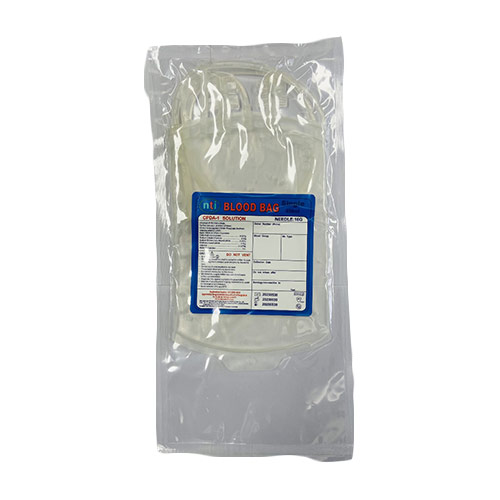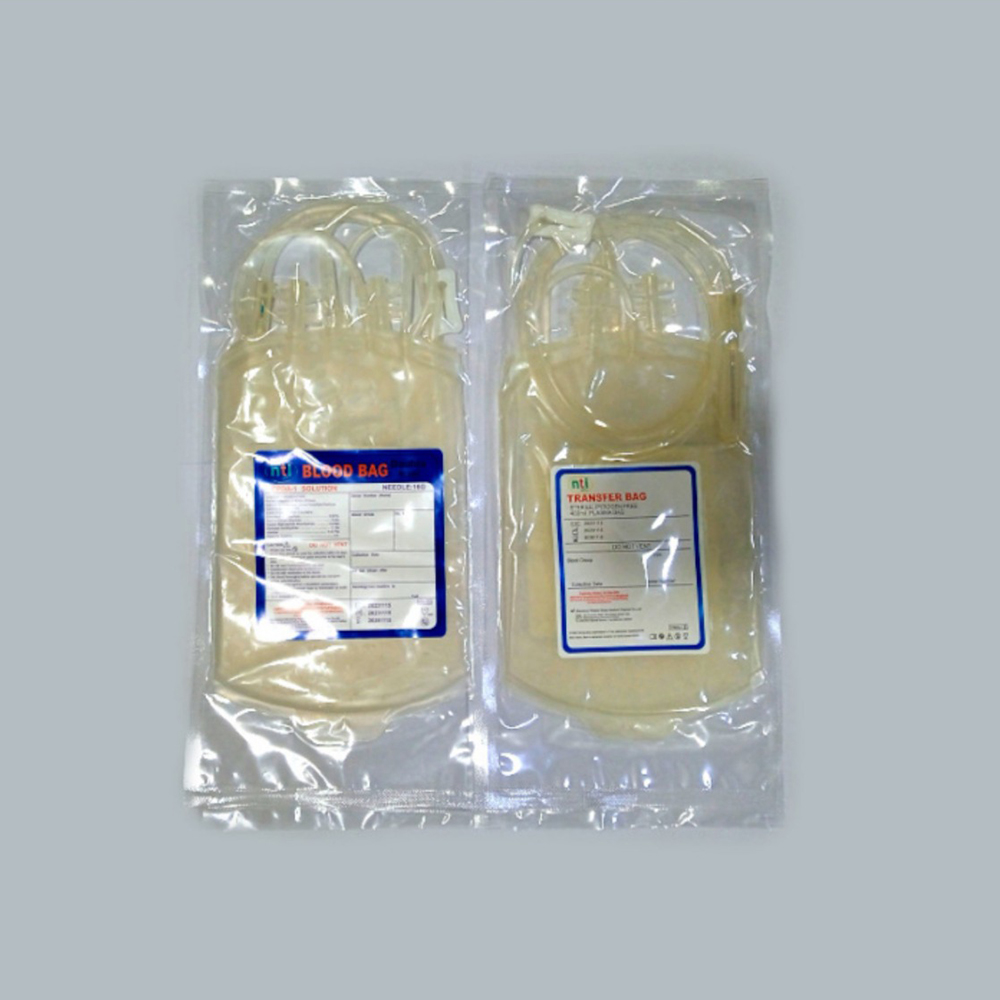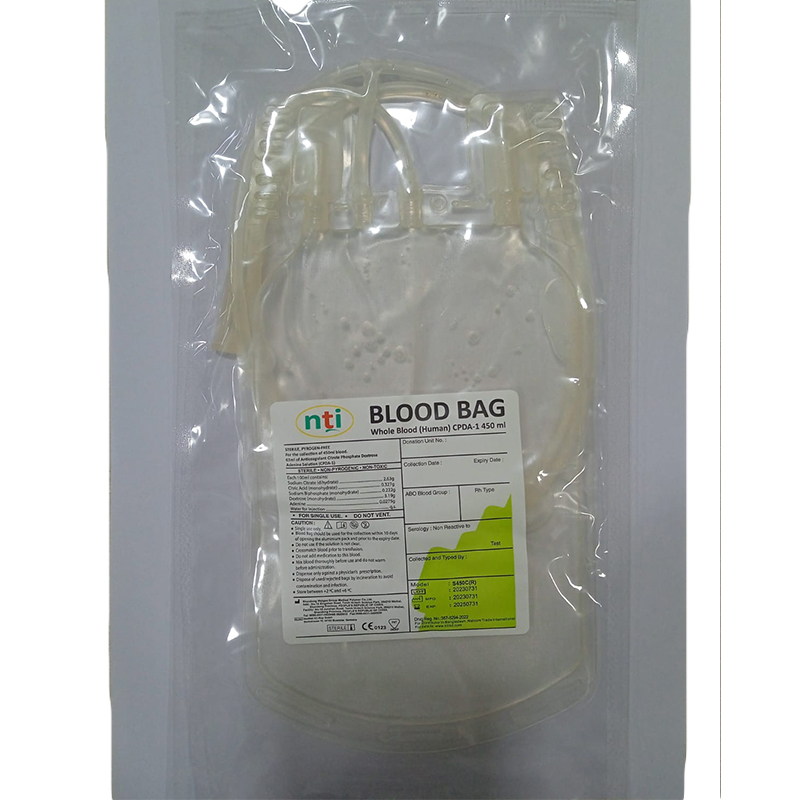Discover the pinnacle of blood management with our advanced blood bag solutions. Engineered for reliability and safety, our products offer optimal comfort for donors and unparalleled protection against contamination, ensuring efficient transfusion processes and extended blood preservation.
Key Takeaways:
Blood bags ensure the safe collection, storage, and transport of blood, with features like a rounded design to prevent coagulation and built-in needles for donor comfort. Tear-off ports and protective caps reduce contamination risks, while options for blood sample collection and leukocyte filtration enhance versatility.
1. What are the key features and benefits of blood bags for blood collection and transfusion?
Blood bags boast a rounded design to prevent coagulation, built-in ultra-thin wall needles for donor comfort, tear-off ports for easy connection, and options for blood sample collection and leukocyte filtration, ensuring safe and efficient blood management.
2. What are blood bags used for?
Blood bags are used for the safe and efficient collection, separation, storage, and transport of blood. Their design minimizes clotting, ensures proper mixing with anticoagulants, and offers features for donor comfort and contamination prevention.
3. What are blood bags made of?
Blood bags are primarily made of medical-grade PVC (polyvinyl chloride) with especially thin walls for optimal oxygen and carbon dioxide permeability. All plasticizers used are rigorously safety tested to ensure no harmful chemicals leach into the blood.
4. How long can blood be stored in a blood bag?
The storage duration of blood in a bag depends on the type of blood component and the anticoagulant used.
- Whole blood: with CPD preservative can be stored for 21 days, while CPDA-1 extends it to 35 days.
- Red blood cells (RBCs): with SAGM preservative can be stored for up to 42 days.
- Platelets: can generally be stored for 5 days at room temperature, requiring specific conditions for optimal preservation.
5. What are the different types of blood bags?
Blood bags come in various configurations based on their intended use:
- Single blood bags: Used for collecting and storing whole blood or blood components like red blood cells or plasma.
- Double blood bags: Contain two compartments, allowing simultaneous collection of whole blood and separation into red blood cells and plasma within the bag.
- Triple or quadruple bags: Feature additional compartments for collecting specific blood components or storing additional solutions.
6. What are the safety features of blood bags?
Blood bags incorporate various safety features to minimize contamination and ensure safe handling:
- Sterile packaging: Ensures the bag is free of any microorganisms.
- Anti-coagulant additives: Prevent blood clotting within the bag.
- Leak-proof ports: Allow for connection of transfusion sets without risking contamination.
- Tamper-evident labels: Verify bag integrity and prevent tampering.
- Protective needle cap: Reduces the risk of accidental needle sticks.
7. What are the benefits of using blood bags?
Blood bags offer numerous benefits compared to traditional blood collection methods:
- Increased safety: Minimize contamination risks through sterile design and closed systems.
- Improved efficiency: Streamline the process of collection, separation, storage, and transport.
- Enhanced flexibility: Allow for storage and transportation of various blood components.
- Accurate labeling: Facilitate proper identification and tracking of blood units.
- Reduced waste: Eliminate the need for multiple containers for different processes.
8. How are blood bags used in transfusions?
During a blood transfusion, blood from a compatible donor is collected using a sterile needle and tubing into a blood bag. The collected blood is then carefully tested and processed to ensure compatibility with the recipient's blood type. Finally, the blood is transfused into the recipient through a sterile intravenous (IV) line.
Summary:
- Blood bags are used for the reliable collection, separation, storage, and transport of blood
- Rounded blood bag design prevents blood coagulation and ensures the blood and anti-coagulants are properly mixed during separation and transfusion
- Built-in ultra-thin wall needle (16G or 17G) ensures optimal comfort for the blood donor
- Tear-off ports allow easy connection with transfusion sets and facilitate avoiding blood contamination and re-use
- The product range includes modifications containing an additional small bag with a secure valve for the collection of blood samples using vacutainers and modifications with a soft or hard leukocyte filter, as well as a storage bag for platelets
- Protective cap reduces the risk of accidental needle stick and contamination
- High-quality labels offer reliability, abrasion resistance, easy to label; handwritten information can be read easily
- The soft filter can be centrifuged together with the blood bag
- CPD and CPDA-1 preserves whole blood
- SAGM enables erythrocytes to be preserved for up to 42 days
Medical grade materials (safety tested):
- PVC with particularly thin walls for high permeability to oxygen and carbon dioxide
- All plasticizers are safety tested
| Brand | NTI |
|---|---|
| Origin Country: | China |
| Packaging: | aluminum foil bag/carton |
| Quality: | ISO standard |
| Sterilization: | Steam |
| Shelf life: | 3 years |



